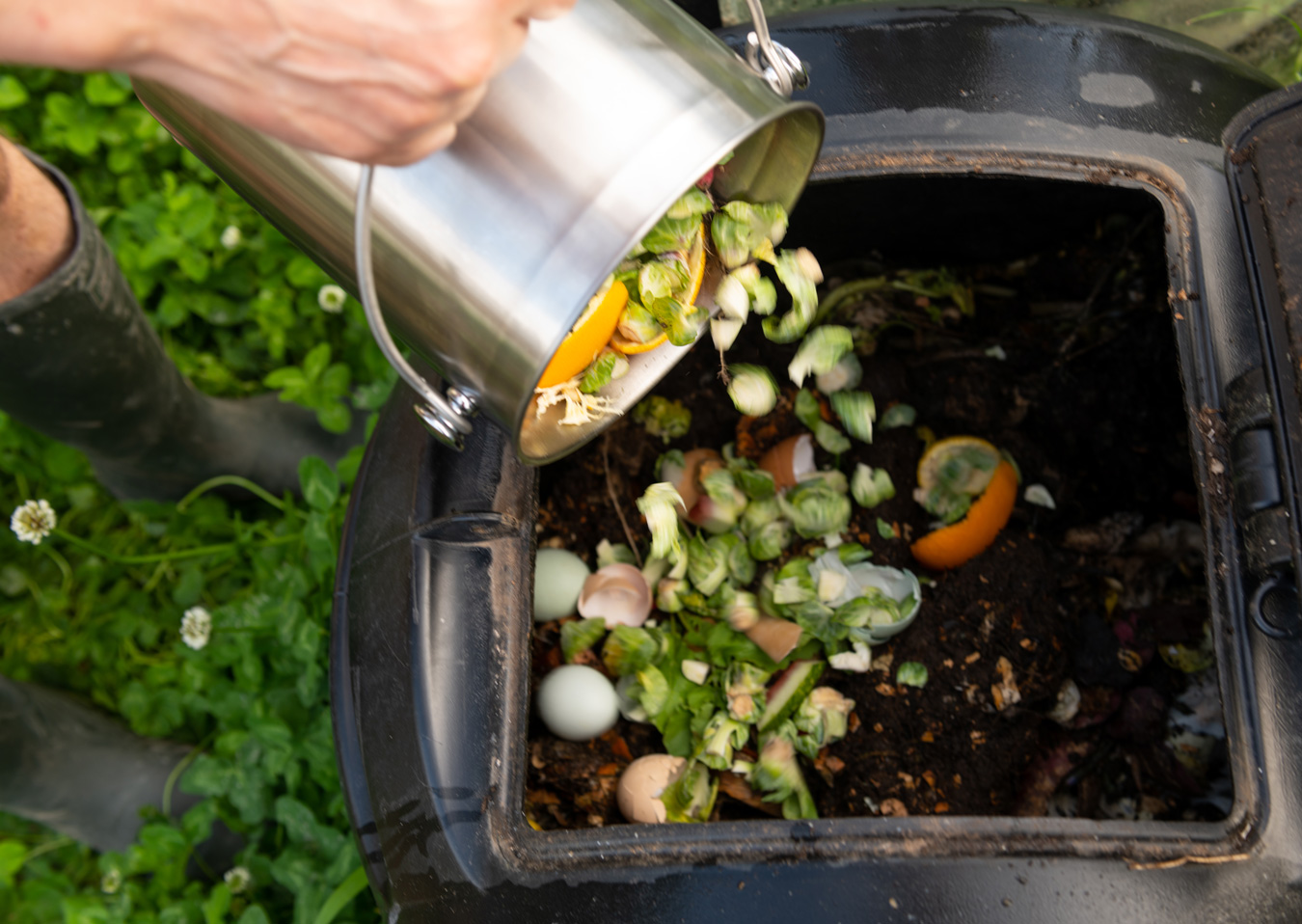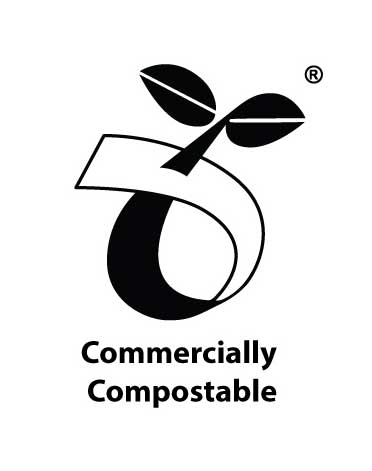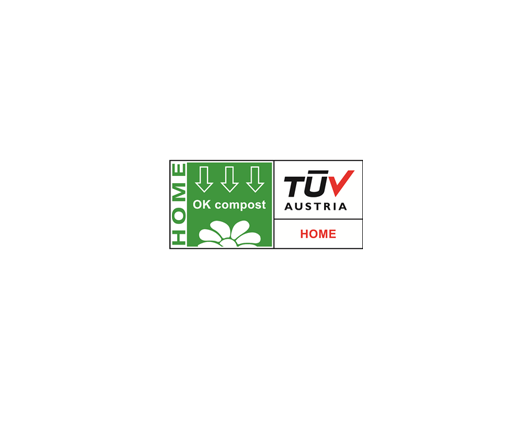
There seems to be some confusion in the community about the difference between home composting and commercial composting, and if packaging with either of the logos can be composted in Australia?
The short answer is Yes and No.
In a nutshell, the temperature that can be achieved will determine how quickly the materials break down, as well as the quantity and type of micro-organisms present in composting environment, and these vary greatly between home and commercial composting.
Home composting
Home composting can be done in a backyard compost bin, to produce a nutrient-rich soil by adding organic waste such as food scraps, grass clippings, leaves, paper waste and tea bags. This occurs over a period of months, however the conditions and temperatures for home composting will not be warm enough to break down some PLA bioplastics, and isn’t suitable for meat, fish or dairy as the smell can attract vermin. Look for the home composting logo before composting at home.
Industrial composting
On the other hand, industrial composting is a closely monitored composting process with controlled amounts of water, air, as well as carbon and nitrogen-rich materials. In order to break down PLA and other commercial compostables, temperatures must reach at least 55 degrees celsius before PLA cornstarch will start to break down. There are many types of commercial composting – they all optimise each step of the decomposition process, by controlling conditions like shredding material to the same size or controlling the temperature and oxygen levels. These measures ensure rapid biodegradation of organic material to high quality, toxic-free compost. The more oxygen that the composting receives, the faster it will break down.
Do the composting certifications matter?
Yes. Once you know the difference between home and commercial composting, it’s important to take note of the packaging certifications to ensure that it is composted in the correct way. Simply labelling a product “compostable” does not specify how a product can be composted (it may only be able to decompose in a commercial facility or have components such as inks and glue that impact negatively the compost quality).
That’s why it is important to make sure the compostable packaging products are certified to Australian and European standards so that you always know how to compost our products responsibly.
So where can I compost my packaging in Australia?
In Australia there are a growing number or organic waste businesses that you can contact in your state who will take your compostable waste and resell it as composted soil. Click the logo below to find your nearest composter.
© No More Plastic Packaging 2022.






